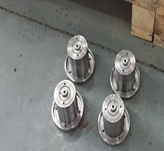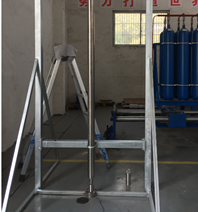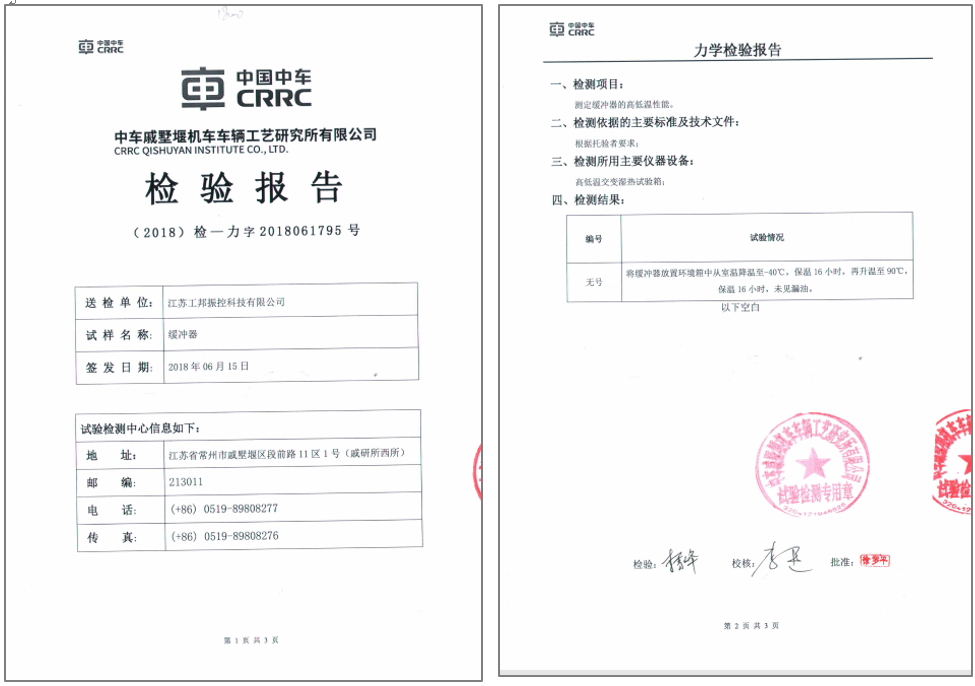1 Overview
A buffer is a device that can extend the duration of impact loads, absorb and convert impact capacity, and protect structures and equipment by storing, consuming, and releasing energy. When the buffer is subjected to an impact load, the piston rod is impacted, pushing the piston to move in a viscous medium, consuming some of the impact energy. Pressure is generated in front of the piston movement, pushing the rear piston to continue compressing air. When the air chamber pressure reaches a certain value, the air chamber pressure is discharged into the surrounding air, releasing the potential energy for air compression. Consume the impact energy on the piston rod.

2. Main parameters for buffer selection

A. Calculate the weight of the impact object (Kg);
B. Calculate the initial velocity (m/s) at which an object is impacted when using a buffer;
C. Find the external force (propulsion force) acting on an object (N) (if any);
D. The frequency at which the buffer is impacted;
E. The direction of motion of an object. (For example: horizontal, vertical up, vertical down, tilt, horizontal rotation, vertical up rotation, vertical down rotation)
Note: When rotating, it is necessary to determine the rotation radius (K) and inertia moment (I), which determine the weight of the rotating object through the axis point. In addition, the angular velocity (W) and torque (T) of the rotating object also need to be determined.
3 application areas: military industry, power, elevators, and other fields.
